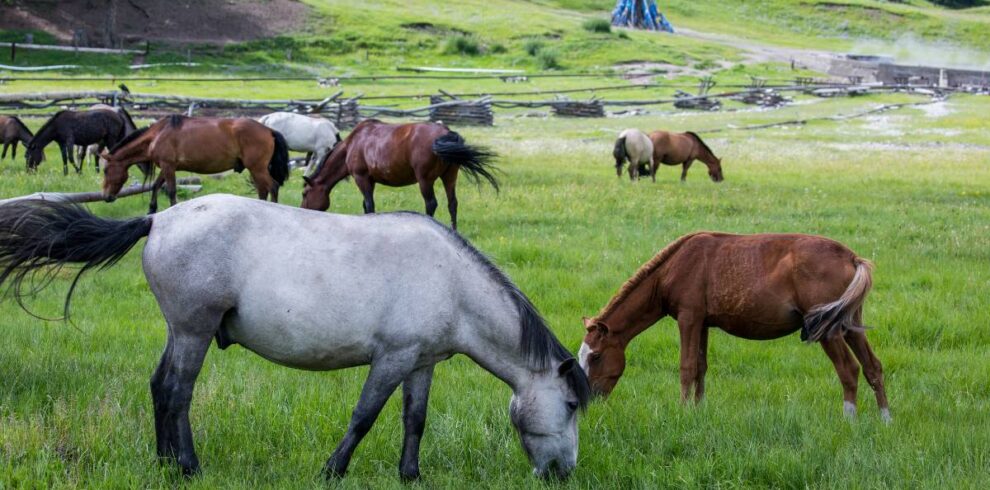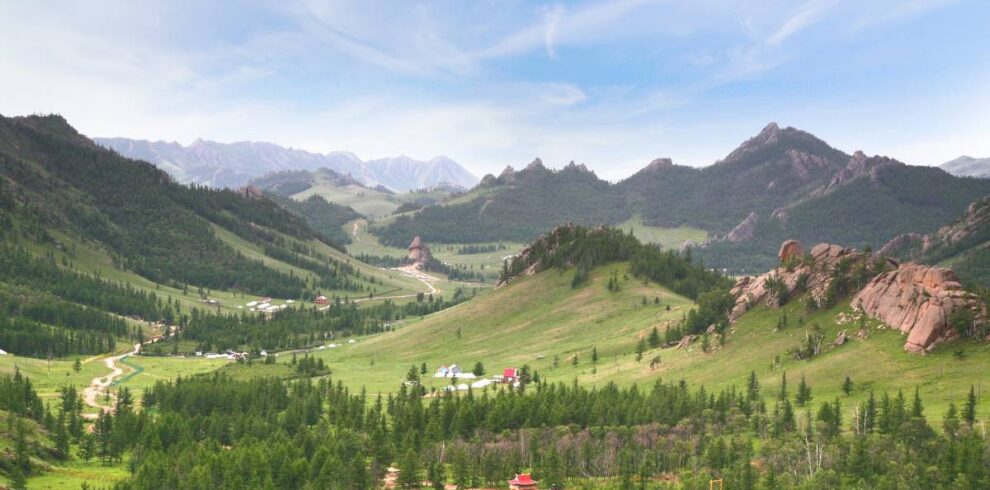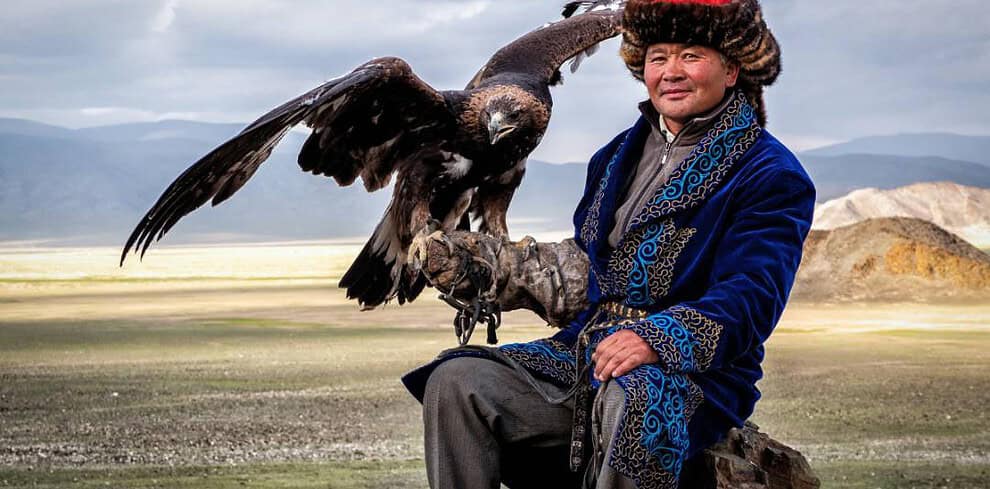Table of Contents
Immerse yourself in Mongolia culture as we offer you a comprehensive insight into the customs of Mongolia and its rich and vibrant heritage, encompassing traditions, values, and unique customs and practices.
Mongolians hold a deep appreciation for hospitality, extending warm welcomes to their guests. Family forms the cornerstone of Mongolian society, characterized by strong connections and a profound sense of community. It’s essential to acknowledge that Mongolia culture is in a constant state of development, influenced by historical occurrences, regional dynamics, and global interactions.
Understanding the culture of Mongolia can provide invaluable insights into the intricate and diverse society of the country.
Mongolia Culture
Here are the most important points to begin learning about Mongolia culture and customs:
- Ethnic Diversity: Mongolia is home to a diverse mix of ethnic groups, each with its own customs and traditions. Khalkha Mongols, Kazakhs, Buryats, and Oirats are some of the major ethnic communities.
- Languages: The official language is Mongolian, but various regional languages and dialects are spoken throughout the country.
- Nomadic Heritage: Mongolia has a strong nomadic heritage that influences daily life, values, and societal norms. Many Mongolians still follow a nomadic way of life, herding livestock and living in traditional gers (yurts).
- Shamanism and Buddhism: Mongolia’s spiritual practices include a blend of Shamanism and Tibetan Buddhism. Shamanistic rituals and Buddhist beliefs play significant roles in the culture.
- Greeting Etiquette: Greetings are important in Mongolia culture. A common traditional greeting involves clasping one’s hands together in front of the chest while bowing slightly. Handshakes are also used, but it’s essential to use the right hand.
- Traditional Clothing: Traditional Mongolian clothing, like the “deel” for both men and women, is commonly worn, especially in rural areas. The deel varies by region and ethnicity but remains a symbol of Mongolian identity.
- Cuisine: Mongolian cuisine features dishes like buuz (steamed dumplings), khorkhog (meat stew), and tsuivan (noodle stir-fry). It reflects a blend of Central Asian and Siberian flavors.
- Nomadic Hospitality: Mongolians are known for their hospitality, especially among nomadic herding communities. When guests visit, they are often offered tea, dairy products, and a place to rest in a ger.
- Respect for Elders: Respect for elders is deeply ingrained. Younger individuals show deference to their seniors through words and actions.
- Arts and Crafts: Mongolia has a rich tradition of arts and crafts, including intricate embroidery, felt-making, and woodcarving.
- Music and Dance: Traditional Mongolian music includes instruments like the morin khuur (horsehead fiddle) and throat singing. Traditional dances, such as the “tsam” and “biyelgee,” are part of cultural celebrations.
- Celebration of Festivals: Mongolians celebrate various cultural festivals, including Tsagaan Sar (Lunar New Year), Naadam Festival (featuring the “Three Manly Games”), and religious events. These celebrations often involve traditional rituals, feasts, and family gatherings.
- Nomadic Lifestyle: Nomadic herding and a deep connection to nature are central to Mongolia culture. Many festivals and customs are tied to the seasons and the nomadic way of life.
- Family and Community: Family is highly valued in Mongolian society, and community bonds are crucial for support and social harmony.
- Gender Roles: Traditional gender roles exist, with distinct responsibilities for men and women in nomadic settings. However, modernization is gradually affecting these roles.
- Marriage Customs: Marriage customs can vary among ethnic groups, but arranged marriages and strong family involvement in the matchmaking process are common.
- Resilience and Adaptation: Mongolia’s history of harsh weather and nomadic lifestyle has fostered resilience and adaptability in its culture.
These customs are essential aspects of Mongolia culture and are readily visible in everyday life, reflecting the country’s rich cultural heritage and its nomadic traditions and values.
Mongolia Traditional Attire
Mongolia traditional attire reflects the country’s diverse cultural heritage, regional variations, and historical influences. The clothing worn by Mongolians not only serves functional purposes but also carries significant cultural and social meanings.
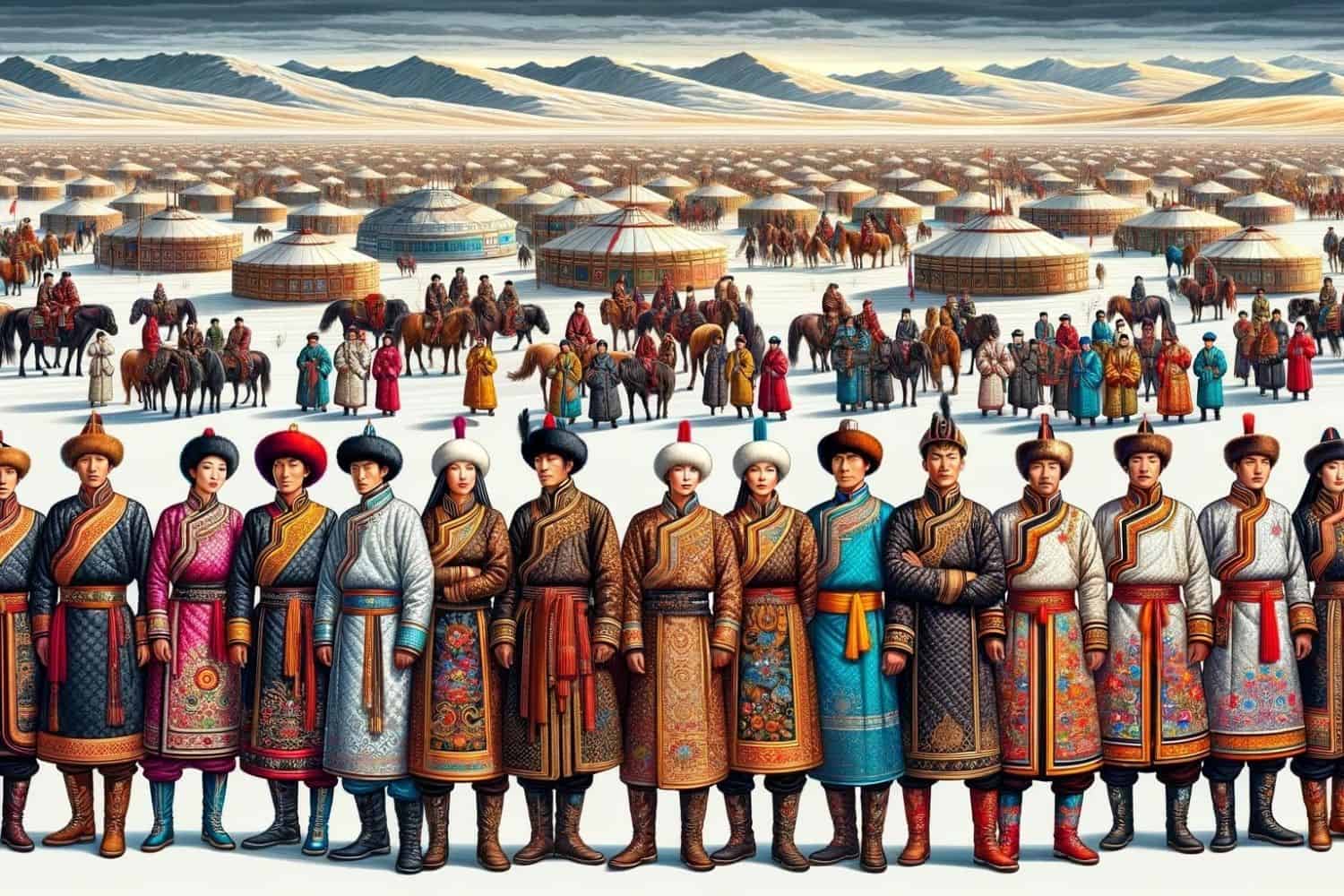
1. Regional Variation: Mongolia’s traditional clothing varies from region to region, influenced by the local climate, lifestyle, and ethnic traditions. In the colder northern and mountainous areas, people tend to wear heavier and more layered garments, while in the warmer southern regions, lighter clothing is preferred.
2. Mongol Dress: The traditional attire of the Mongol ethnic group, one of Mongolia’s largest, includes the “del,” a loose-fitting robe, often made of silk or wool. This robe is typically worn with a wide sash around the waist and paired with leather boots. Both men and women may wear similar clothing, with women’s attire often featuring more colorful decorations.
3. Kazakh and Buryat Attire: Kazakhs and Buryats, among other ethnic groups, have their distinctive traditional clothing. For example, Kazakh men may wear a long coat known as a “chapan,” while Buryat women often don vibrant dresses adorned with intricate hand-embroidery.
4. Nomadic and Tribal Clothing: Nomadic tribes in Mongolia, such as the Kazakh nomads, have unique attire tailored to their mobile lifestyles. They might wear brightly colored garments, heavy jewelry, and distinctive headpieces. These nomadic styles are not only functional but also symbolic of their tribal identity.
5. Modesty and Cultural Significance: Traditional Mongolian clothing emphasizes modesty, with loose-fitting garments covering the body. The choice of colors, fabrics, and embroidery often carries cultural and regional significance, and the attire may also indicate one’s social or marital status.
6. Special Occasion Attire: Mongolians dress elaborately for special occasions and celebrations, with vibrant and ornate clothing adorned with intricate beadwork, embroidery, and jewelry. Weddings, festivals, and religious events are opportunities for individuals to showcase their finest traditional attire.
7. Adaptation to Modernity: While traditional attire remains important, urbanization and modern influences have led to the integration of Western clothing in daily life, especially in cities like Ulaanbaatar. Many Mongolians wear a combination of traditional and contemporary clothing, reflecting changing lifestyles and global fashion trends.
Mongolia traditional attire is not just a matter of clothing; it is a vibrant expression of the country’s cultural diversity, history, and identity. It serves as a visual testament to the rich tapestry of traditions that have shaped Mongolian society for centuries.
Mongolia Marriage Traditions
Mongolia marriage traditions are deeply rooted in the country’s rich cultural and historical background, with variations among different ethnic groups and regions. These customs hold a significant place in Mongolian society, combining age-old traditions with contemporary influences.
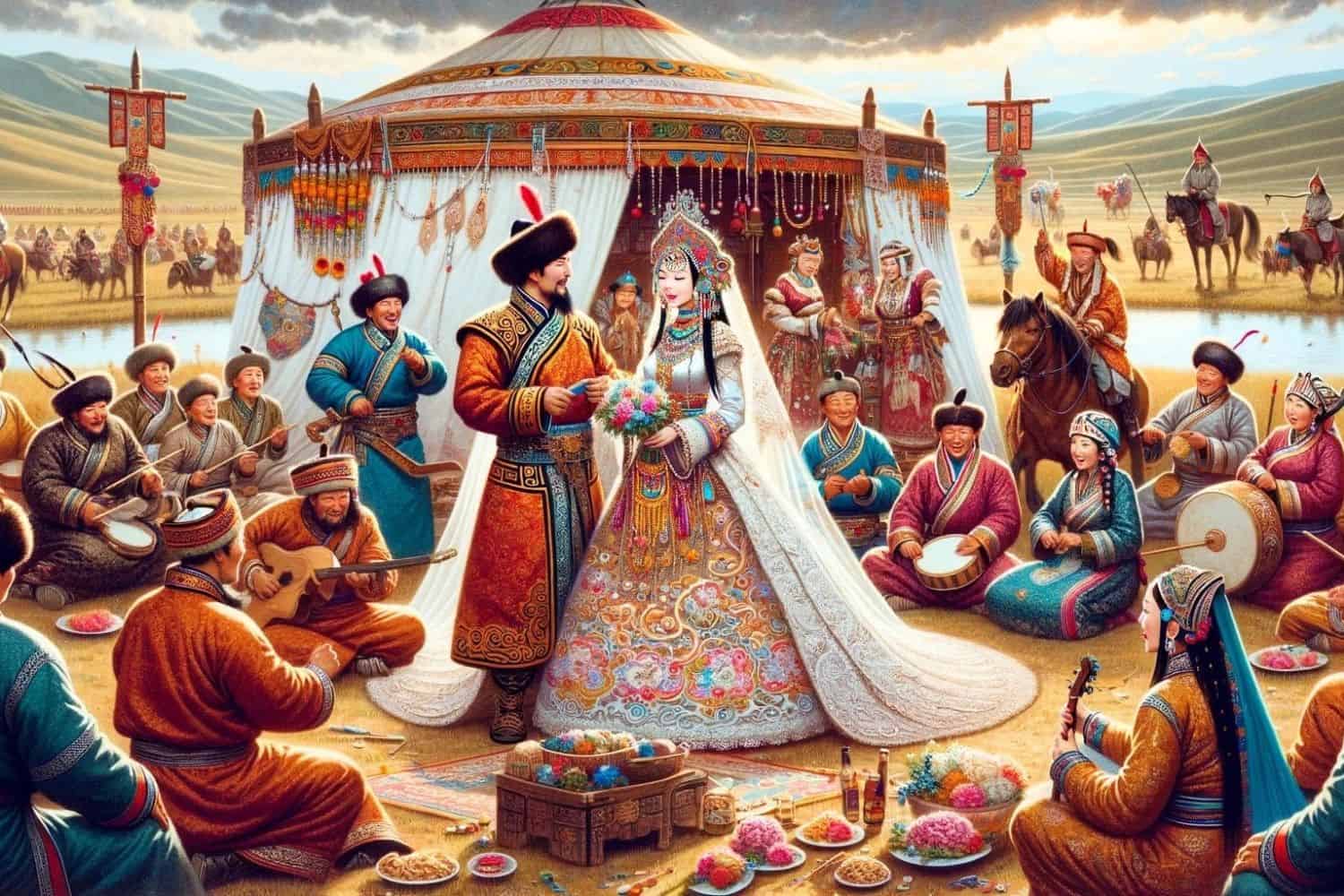
1. Arranged Marriages: Arranged marriages are a common practice in Mongolia, where families often take an active role in selecting suitable partners for their children. This tradition is considered a way to maintain cultural cohesion and ensure compatibility between families.
2. Matchmakers: In Mongolia, matchmakers, known as “Kholboo,” assist in finding suitable matches for individuals. They consider factors like family background, social status, and compatibility when suggesting potential partners.
3. Engagement: Once a suitable match is found, the engagement process begins with a formal agreement between the families. This agreement, called “Gurvan saikhan,” symbolizes the couple’s commitment to marrying each other.
4. Wedding Celebrations: Mongolian weddings are typically elaborate affairs that span multiple days. They involve traditional rituals, feasting, music, and dancing. The main wedding ceremony, known as “Khuurakh,” involves the signing of the marriage contract and can take place outdoors or in a traditional Mongolian yurt (ger).
5. Bride Price (Khoshuu): The groom often provides a “Khoshuu” or dowry to the bride’s family as a symbol of his commitment and financial support. The size and nature of the Khoshuu can vary depending on the families and regions involved.
6. Bridal Attire: Mongolian brides often wear intricately designed dresses with vibrant colors, along with traditional jewelry. The style of attire may differ based on the bride’s ethnic background, such as Khalkha, Buryat, Kazakh, or others.
7. Post-Wedding Customs: After the wedding ceremony, various traditions may continue, including a celebratory feast known as “Khuudal,” hosted by the groom’s family, and a ritual where the bride officially becomes a part of her new household.
8. Cultural and Spiritual Significance: Marriage in Mongolia holds both cultural and spiritual significance, with connections to Mongolian shamanism and Buddhism. The marriage ceremony often incorporates rituals and blessings from these belief systems.
9. Family and Community Involvement: Mongolian weddings are not just about the couple but also a community event. Extended families and the wider community actively participate in and support the festivities.
10. Contemporary Changes: In urban areas and among the younger generation, there is a growing trend toward love marriages, where individuals choose their partners based on personal preferences. However, even in such unions, traditional customs and ceremonies may still be observed.
Mongolia Food Culture
Mongolia food culture is a captivating and diverse reflection of its history, geography, and the fusion of culinary traditions from Central Asia, East Asia, and Russia.
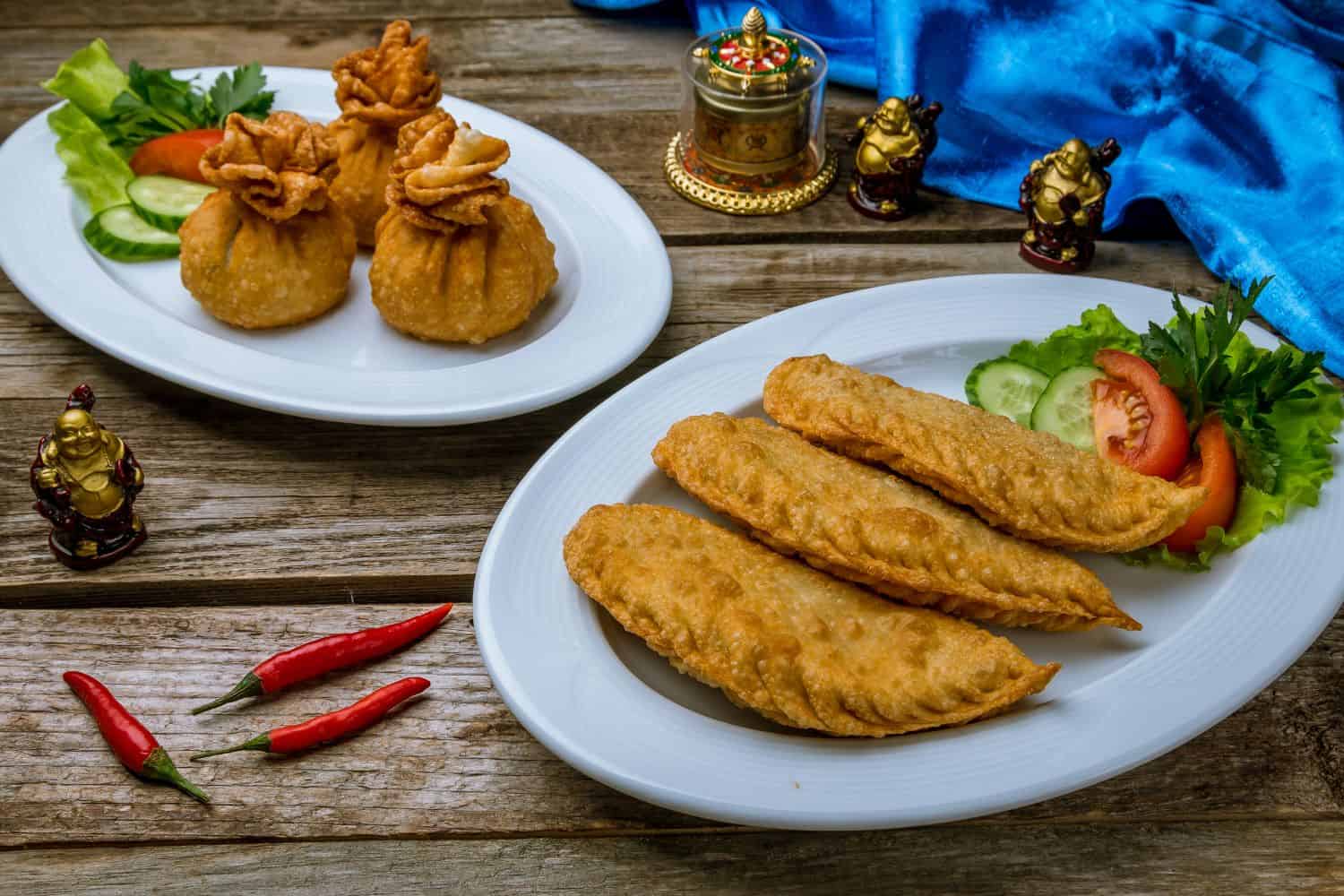
- Regional Variation: Food from Mongolia diverse geography, which includes vast steppes, rugged mountains, and expansive deserts, has led to a wide range of regional cuisines. Each area integrates local ingredients and traditional cooking techniques, resulting in a rich tapestry of flavors unique to each locality.
- Staple Foods: Mongolian cuisine relies heavily on staple foods such as meat, dairy products, and grains like wheat and millet. Meat dishes like “buuz” (steamed dumplings) and “tsuivan” (stir-fried noodles) are particularly cherished.
- Barbecue and Grilled Meats: Grilled meats, especially barbecue-style, are iconic in Mongolian cuisine. Beef, mutton, and horse meat are commonly grilled over an open flame, often seasoned with salt and local spices.
- Rich Spices: Mongolian dishes often feature a medley of spices and herbs like cumin, chili, and garlic, adding layers of flavor to the cuisine.
- Traditional Dishes: Mongolian cuisine boasts traditional dishes such as “khuushuur” (fried meat pastry), “bansh” (dumplings), “boortsog” (fried dough), and “budaatai huurga” (grilled lamb skewers). These dishes may vary slightly from region to region.
- Use of Dairy: Dairy products, particularly yogurt and cheese, play a significant role in Mongolian cuisine. “Suutei tsai” (milky tea) and “tarag” (fermented milk) are staple beverages.
- Stone Oven Baking: The traditional stone oven, known as “bogaz,” is commonly used for baking bread and preparing dishes like “boortsog” and “khorkhog” (meat stew cooked with hot stones).
- Sweet Treats: Mongolian desserts often feature ingredients like dairy, nuts, and locally sourced fruits. “Bansh” and “tsagaan idee” (white food) are popular choices for satisfying a sweet tooth.
- Tea Rituals: Tea holds a special place in Mongolia culture, with various herbal teas enjoyed throughout the day. Tea ceremonies are a cherished tradition, symbolizing hospitality and friendship.
- Community Dining: Mongolia culture places great importance on communal dining, with families and friends gathering around a “tsamts” (tablecloth) to share meals and stories.
- Influence of Mongolian Diaspora: Mongolian cuisine has garnered attention worldwide through the Mongolian diaspora, with Mongolian restaurants offering a taste of the country’s rich culinary heritage to diverse communities.
- Adaptability and Strength: Despite challenges throughout history, Mongolian cuisine has persevered and evolved. The resilience of Mongolian chefs shines through their ability to create hearty and flavorful dishes, showcasing the adaptability of the culture.
Book our services
These guiding services ensure that your journey is not only enjoyable but also informative and hassle-free. Mongolia’s cultural delights, historical marvels, and natural wonders await your exploration with RJ Travel LLC. Our Mongolia Private Tours are designed to immerse you in the rich cultural heritage, historical significance, and breathtaking landscapes of this extraordinary nation.
Contact Us and our team will make sure to help you plan your trip to Mongolia when it’s safe and ready for travel. Whether you’re interested in joining a pre-arranged Mongolia small group tour or creating a custom itinerary, we are here to make your Mongolian adventure an unforgettable reality.
More About Mongolia
[the-post-grid id=”50398″ title=”Mongolia Main page”]
Book Your Trip to Mongolia Today!
Embark on an unforgettable journey and explore the allure of Mongolia through our exclusive tours.

